A copper pipe DIY solar water heater is an efficient and cost-effective solution for homeowners looking to harness the power of the sun to heat water. By utilizing simple materials, such as copper pipes, insulation, and glass, individuals can create a solar water heating system that can significantly reduce energy costs. The main component of a copper pipe DIY solar water heater is, as the name suggests, copper pipes. Copper is an excellent conductor of heat, making it an ideal material for transferring thermal energy from the sun to the water. The pipe configuration is often in the form of a coil, allowing for maximum exposure to the sunlight and efficient heat transfer. The copper pipes are typically mounted on a flat surface, such as a roof or a specially constructed solar panel. The panel is angled to capture the maximum amount of sunlight throughout the day. The water flows through the copper pipes, absorbing heat from the sun as it travels. Insulation is used to minimize heat loss, ensuring that the heated water remains hot until it is needed. To enhance the performance of the DIY solar water heater, a glass cover is often placed over the copper pipes. This cover serves two purposes: it traps the heat generated by the sunlight and creates a greenhouse effect, keeping the air under the glass warm.
Solar water
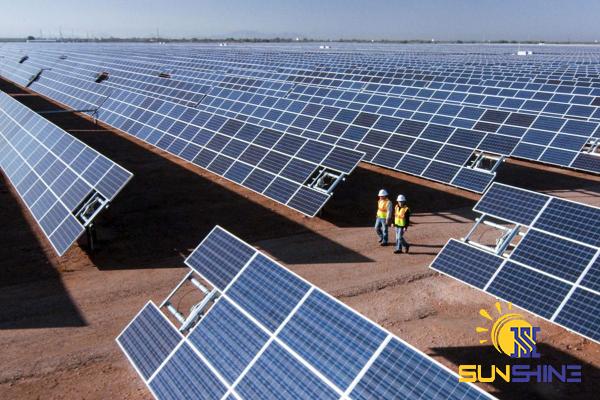 This effect further aids in increasing the efficiency of the system. The setup process of a copper pipe DIY solar water heater is relatively simple. It requires basic plumbing skills and can be completed with readily available tools. The first step involves constructing the copper pipe coil, ensuring that it is adequately sized to provide enough hot water for the intended purpose. Next, the coil is mounted on a surface and firmly secured. This can be done by attaching the copper pipes to a wooden or metal frame and ensuring the frame is securely fastened. It is important to position the copper pipes in a way that maximizes exposure to sunlight. Once the copper pipe coil is in place, insulation is added around it. This insulation serves to retain the heat generated by the sun, preventing any loss. Common insulation materials include foam, rubber, or fiberglass. The insulation should tightly wrap around the copper pipes, leaving no gaps that may allow heat to escape. Finally, a glass cover is installed over the copper pipe coil and insulation. This cover is typically made of tempered glass or polycarbonate, which is durable and able to withstand direct exposure to sunlight.
This effect further aids in increasing the efficiency of the system. The setup process of a copper pipe DIY solar water heater is relatively simple. It requires basic plumbing skills and can be completed with readily available tools. The first step involves constructing the copper pipe coil, ensuring that it is adequately sized to provide enough hot water for the intended purpose. Next, the coil is mounted on a surface and firmly secured. This can be done by attaching the copper pipes to a wooden or metal frame and ensuring the frame is securely fastened. It is important to position the copper pipes in a way that maximizes exposure to sunlight. Once the copper pipe coil is in place, insulation is added around it. This insulation serves to retain the heat generated by the sun, preventing any loss. Common insulation materials include foam, rubber, or fiberglass. The insulation should tightly wrap around the copper pipes, leaving no gaps that may allow heat to escape. Finally, a glass cover is installed over the copper pipe coil and insulation. This cover is typically made of tempered glass or polycarbonate, which is durable and able to withstand direct exposure to sunlight.
Specifications of solar water
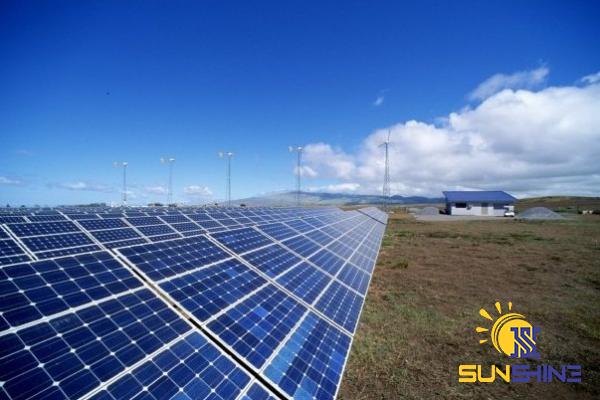 The cover is sealed around the edges to prevent any drafts or heat loss. After the DIY solar water heating system is installed, it is connected to the existing plumbing system. Cold water enters the system and is heated as it flows through the copper pipes. The hot water is then stored in a separate tank or passed directly into the household water supply, depending on the setup. There are several advantages to using a copper pipe DIY solar water heater. Firstly, it can significantly reduce energy costs by utilizing the sun’s free and abundant energy source. This can lead to monthly savings on utility bills, particularly during periods of high hot water consumption. Additionally, DIY solar water heaters have a positive environmental impact. By relying on renewable energy instead of traditional fossil fuels, they help reduce greenhouse gas emissions and decrease reliance on finite resources. This makes them an attractive option for environmentally-conscious homeowners looking to reduce their carbon footprint. Furthermore, copper pipe DIY solar water heaters require minimal maintenance once installed. The system is designed to be durable and long-lasting, with copper pipes and glass covers being resistant to corrosion and deterioration.
The cover is sealed around the edges to prevent any drafts or heat loss. After the DIY solar water heating system is installed, it is connected to the existing plumbing system. Cold water enters the system and is heated as it flows through the copper pipes. The hot water is then stored in a separate tank or passed directly into the household water supply, depending on the setup. There are several advantages to using a copper pipe DIY solar water heater. Firstly, it can significantly reduce energy costs by utilizing the sun’s free and abundant energy source. This can lead to monthly savings on utility bills, particularly during periods of high hot water consumption. Additionally, DIY solar water heaters have a positive environmental impact. By relying on renewable energy instead of traditional fossil fuels, they help reduce greenhouse gas emissions and decrease reliance on finite resources. This makes them an attractive option for environmentally-conscious homeowners looking to reduce their carbon footprint. Furthermore, copper pipe DIY solar water heaters require minimal maintenance once installed. The system is designed to be durable and long-lasting, with copper pipes and glass covers being resistant to corrosion and deterioration.
buy Solar water
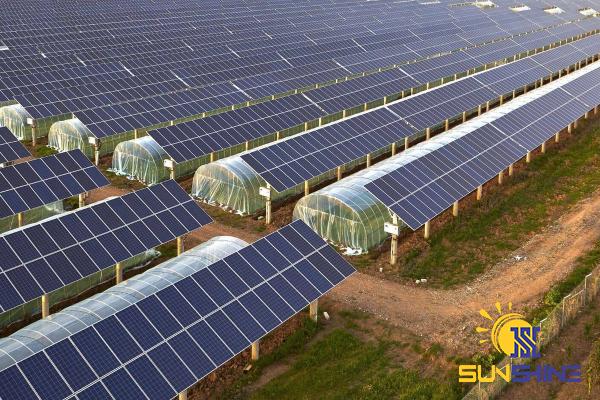 Regular checks for leaks or damage are recommended, but overall, the system is relatively hassle-free. However, it is important to note that a copper pipe DIY solar water heater may not be suitable for all climates. Regions with limited sunlight or extreme temperature variations may not experience optimal performance from the system. It is advisable to assess the local climate and consult with an expert to determine the viability of such a system. In conclusion, a copper pipe DIY solar water heater is a practical and cost-effective solution for homeowners looking to reduce energy costs and minimize their environmental impact. By utilizing copper pipes, insulation, and a glass cover, individuals can create a system that efficiently harnesses the power of the sun to heat water for household use. Although specific factors such as climate and installation may affect performance, overall, DIY solar water heaters provide a reliable and sustainable alternative to traditional water heating methods.
Regular checks for leaks or damage are recommended, but overall, the system is relatively hassle-free. However, it is important to note that a copper pipe DIY solar water heater may not be suitable for all climates. Regions with limited sunlight or extreme temperature variations may not experience optimal performance from the system. It is advisable to assess the local climate and consult with an expert to determine the viability of such a system. In conclusion, a copper pipe DIY solar water heater is a practical and cost-effective solution for homeowners looking to reduce energy costs and minimize their environmental impact. By utilizing copper pipes, insulation, and a glass cover, individuals can create a system that efficiently harnesses the power of the sun to heat water for household use. Although specific factors such as climate and installation may affect performance, overall, DIY solar water heaters provide a reliable and sustainable alternative to traditional water heating methods.
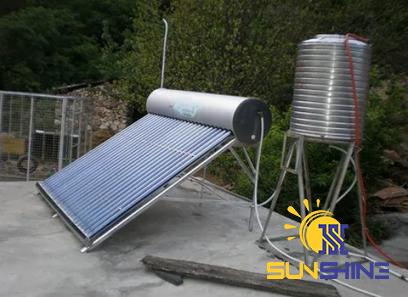
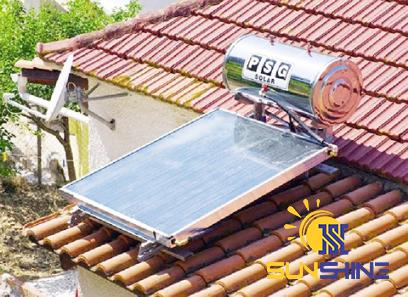
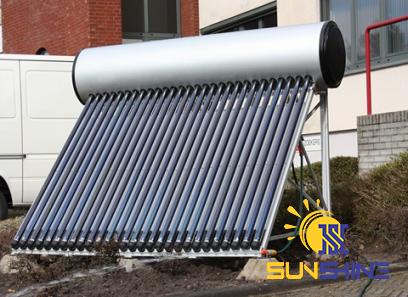
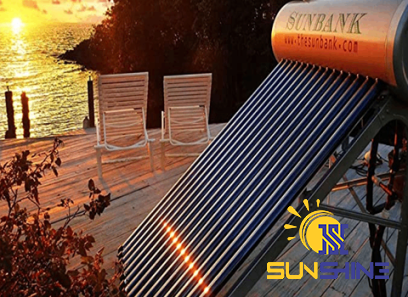
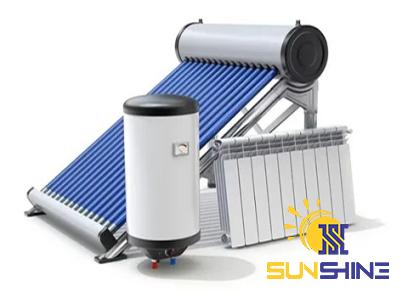
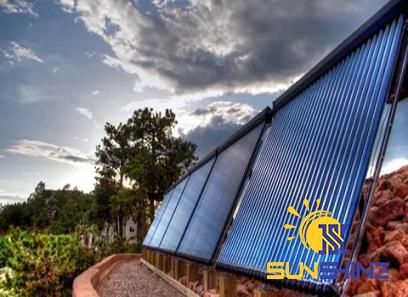
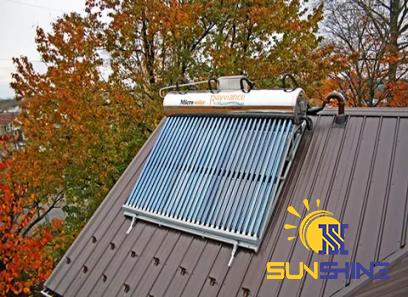
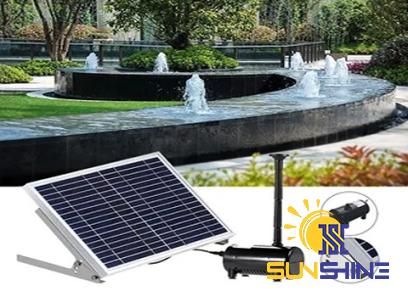
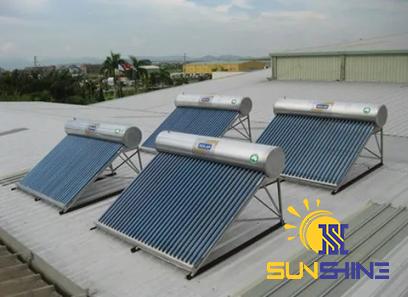
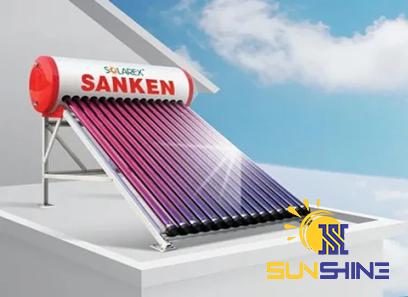
Your comment submitted.